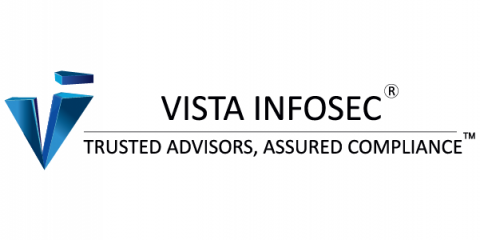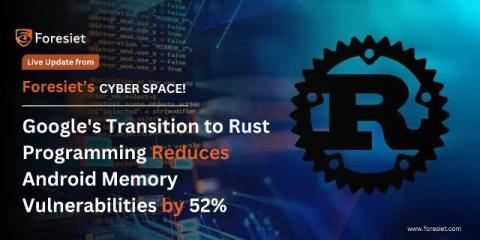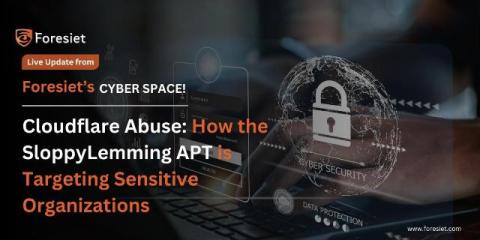How to Appoint a Qualified Data Protection Officer(DPO)?
A Data Protection Officer (DPO) can be called as an ally for organizations that deals with large amount of Privacy related data in its core operation. They are appointed based on article 37 of GDPR, and help organizations stay compliant with data protection laws by overseeing data security policies, monitoring internal compliance, and providing expert advice for staffs managing the potential data privacy risks.











